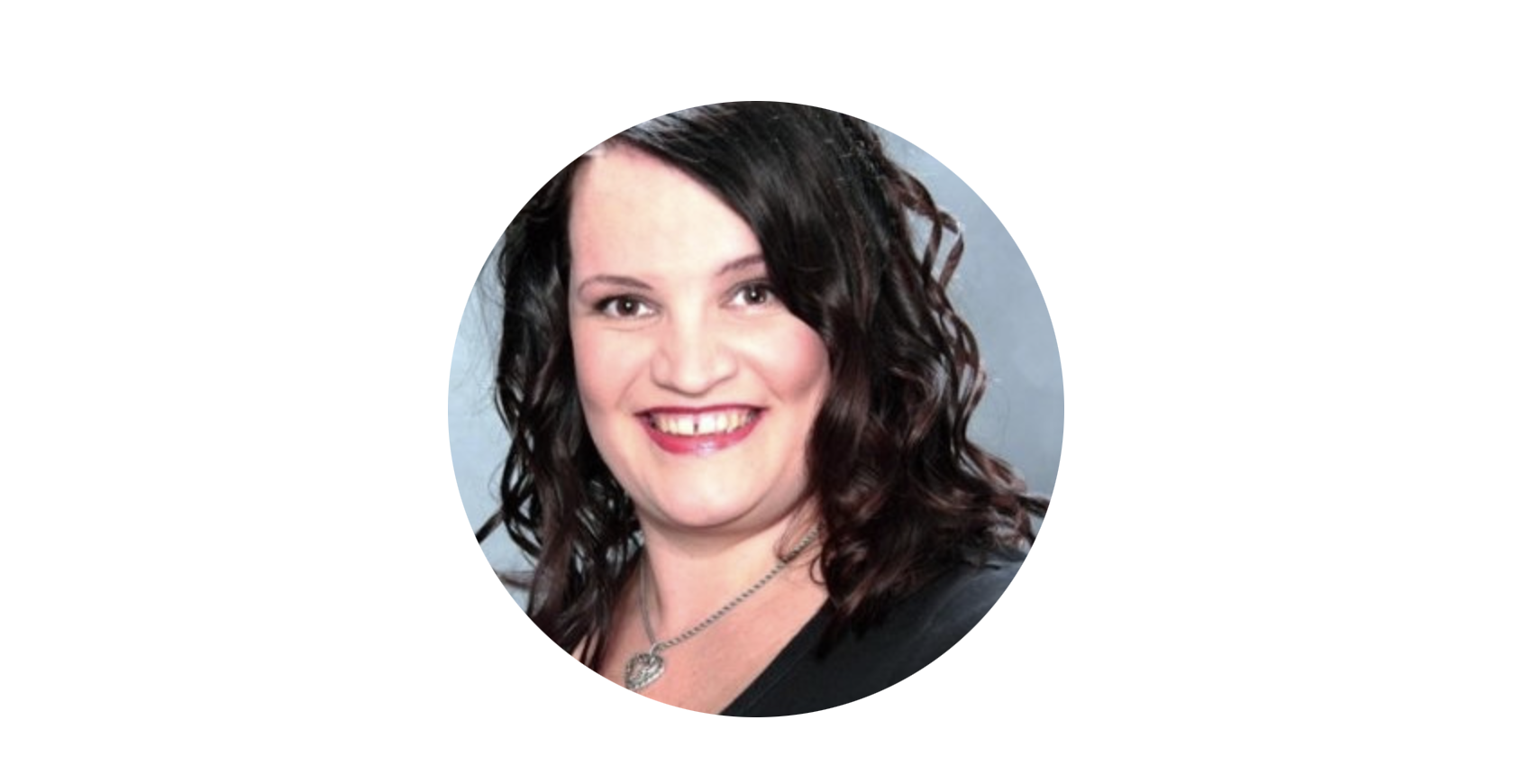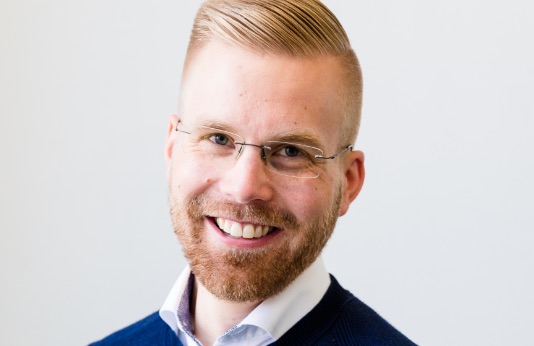Healthcare is in an acute crisis. With fewer resources available and demand constantly increasing, the pressure is threatening to break the entire system. But there is light. Ahead of our Future of Healthcare event, we sat down with Kati Liukko, Director of Healthcare Services and Medical Care for the Vantaa-Kerava Wellbeing Services County in southern Finland.
Kati’s background as a medical doctor has taken her from primary to specialized healthcare, to occupational healthcare and to the private sector. She is a professional leader in public sector social and health care, working as a medical director and a director of adult services including both social and healthcare. Kati has a broad understanding of both social and healthcare services in Finland and is working at the forefront of change projects in public healthcare services.
What is your view on the state of health care in Finland at the moment?
As a dedicated representative of primary healthcare, I’m worried. Recruiting professionals has become more difficult, there are long queues for primary health care, and continuity of care is weak at all levels. In particular, the continuity of care, according to the GP 2.0 model, must be taken seriously. Continuity of treatment is cost-effective and eliminates unnecessary demand, which then improves availability. Continuity of treatment has also been scientifically proven to reduce mortality and complications of long-term illnesses – which is really impressive.
You’ve said that welfare area reform and the dwindling supply of money are the biggest drivers of change affecting healthcare at the moment. What’s the biggest single change you’re facing right now and how are you managing it?
Yes, as we speak here at the end of 2022, the whole SOTE reform (note: the Finnish government’s social and health care renewal, taking effect 01 Jan 2023) is the biggest thing happening right now.
But in the bigger picture I’d say we’re at an inflection point regarding funding of our services. There are lots of opinions about how it should work. There’s pressure to move more care toward primary care and toward prevention, but we don’t see the equivalent in the funding models. Specialized healthcare takes up a much larger portion of the budget. It’s a long game – for the actions we’re planning and taking now, we’ll only see the benefits after 5-10 years.
We have big problems with getting staff; people are getting older and when they retire we can’t replace them as easily as we could in past years. We have to find some new solutions for care. That’s where digitalization comes into the picture, including all kinds of remote treatment.
The public healthcare system is quite rapidly digitalizing its service layer, meaning the ways patients experience and interact with the system. What benefits will this bring to patients and to the public system?
For patients, let’s think of people with chronic diseases in particular. Once they’ve reached a “stable” situation after the onset, diagnosis, or initial treatment, they can benefit a lot from digital service and remote service. With chronic diseases especially, the caregiver has to know the patient. Continuity is really important. If a digital or remote service can help preserve that continuity, it can improve the patient’s results.
For the public system, though, people think digital services will solve all the problems. Our work is quite a lot about touching people, hearing them, seeing them in person. It’s still quite hard to do that any other way than having the patient in front of you. Certain parts, though, can be digitalized, like front desk and contact management. Some aspects like chats can create another problem in staffing – we don’t have enough staff and can’t answer chats 24/7, even though the patient’s expectations are otherwise.
The public healthcare system is quite rapidly digitalizing its service layer, meaning the ways patients experience and interact with the system. What benefits will this bring to patients and to the public system?
For patients, let’s think of people with chronic diseases in particular. Once they’ve reached a “stable” situation after the onset, diagnosis, or initial treatment, they can benefit a lot from digital service and remote service. With chronic diseases especially, the caregiver has to know the patient. Continuity is really important. If a digital or remote service can help preserve that continuity, it can improve the patient’s results.
For the public system, though, people think digital services will solve all the problems. Our work is quite a lot about touching people, hearing them, seeing them in person. It’s still quite hard to do that any other way than having the patient in front of you. Certain parts, though, can be digitalized, like front desk and contact management. Some aspects like chats can create another problem in staffing – we don’t have enough staff and can’t answer chats 24/7, even though the patient’s expectations are otherwise.
There is a general trend across the healthcare industry where stakeholders say they are striving for greater patient- or customer-centricity. What do you think are the main drivers for this trend?
The world has changed. Doctors aren’t the only ones who tell patients what they can and should do. “Patient-centricity” has been a buzzword for many years, but it fits more naturally in primary healthcare work where the patient relationships can be very long. It’s easier to take into account where the patient’s needs are; they don’t need to have all the knowledge of the healthcare system poured into them. We’ve come to realize this more and more in the past years, that when a patient first contacts us, we shouldn’t be giving them a standardized answer. We should be taking their needs into consideration too, their life situation, resources, networks, and other forms of help they have available.
How will greater focus on the patient also be beneficial to the public healthcare system?
Our problem in public healthcare has long been that we think we don’t have the resources we need to meet people’s needs. That’s why we have developed a system that isn’t pulling, but it’s pushing – doing a hard evaluation if a patient can come to our system or should seek treatment somewhere else.
If we are to really become patient centric, we will build the kind of continuity where people with chronic diseases will see the same doctors and nurses. There’s lots of research done on continuity and how it benefits the patient. Since chronic diseases most affect public health, when we manage them better, we’ll also be managing public health much better too.
And better public health management will turn into an improvement in the financial situation of the healthcare system, greater ability to focus on primary care and prevention, and most importantly, a healthier, better quality of life.
Kati Liukko is Director of Healthcare Services and Medical Care for the Vantaa-Kerava Wellbeing Services County in southern Finland.
Vertical’s Future of Healthcare event is held in collaboration with Pfizer, Mehiläinen, The Finnish Medical Association, and the City of Helsinki.

